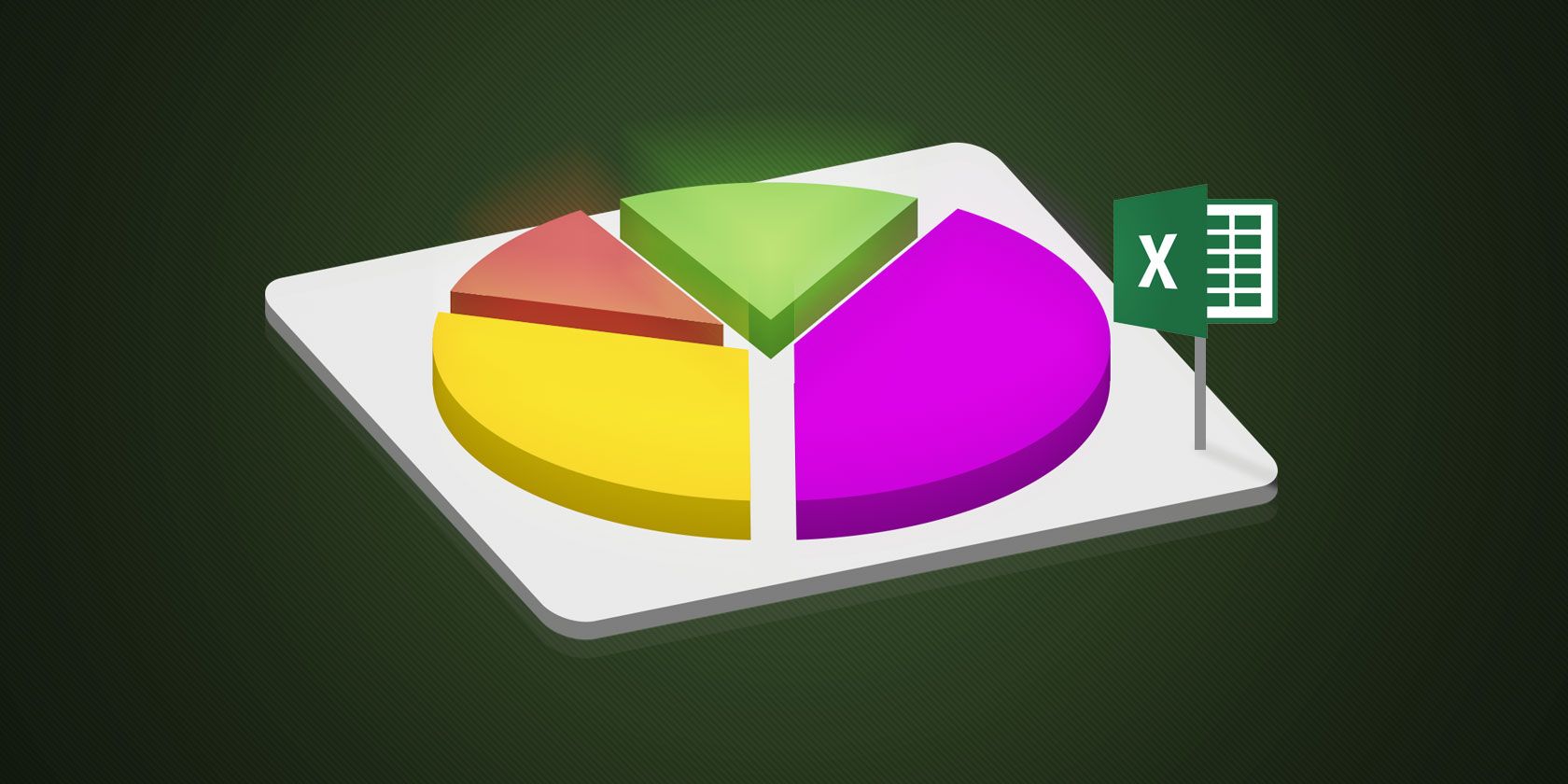
If you need to move the chart, drag it to a new location. Here are the most common options people want to change.

Customizing your chart will make it easier to analyze your data and present the information in a logical format. Customizing a Column ChartĪfter you create a column chart, there are many options you can customize. I recommend taking a look at each column chart type to find one that represents your data clearly. Other types of column charts include stacked column, 100% stacked column, 3-D clustered column, 3-D stacked column, and 3-D column. In the screenshot (above), you can see that the data for Q1 is grouped together, followed by Q2, Q3, etc. A clustered column chart displays associated data in groupings to help users understand that certain categories belong together. Clustered Column ChartĬolumn charts display your data using vertical “columns”. In the screenshot, I clicked on the first Clustered Column icon in the Quick Analysis tool. Step #3 – Point to each recommended chart for a preview then click the one you want. The Charts tab displays recommended charts, based on data in the range I selected. Step #2 – Click the Quick Analysis button and select the Charts tab. Selecting this range will let me compare sales from different product categories across all four fiscal quarters. In this example, I’ve highlighted cells A2:E6. Step #1 – Select the data you’d like to display in your chart. Let’s look at the process of creating a column chart in Microsoft Excel.Ĭreating a column chart involves 3 steps. Participants can connect from anywhere in Canada. Let’s get started!Įxcel Courses: We offer Microsoft Excel training delivered online by a live instructor. While some of my recommendations apply to all chart types, others are specific to the type of chart being discussed. I also present options for customizing charts and I cover a bunch of time-saving shortcuts along the way. I provide step-by-step instructions for creating each type of chart. This guide provides an overview of creating and customizing the following chart types in Excel: Microsoft Excel includes all of the tools you’ll need to create and customize charts – and with all of the chart types included in the application, chances are you’ll find one that works well for you. Often, charts are exactly what you need to simplify the presentation of your data.Ĭharts represent your data visually, making it easier to analyze numbers and identify trends. Do you have a favorite tip or trick for making pie charts in Excel? We’d love to hear it in the comments below.Microsoft Excel is everyone’s go to tool for tracking information and performing calculations but too much information in a spreadsheet can be overwhelming. When it comes to making pie charts this attractive, it doesn’t get much easier than this. Now you have a spiffy-looking pie chart in your Microsoft Excel spreadsheet.


But, as an example, I’ve customized my chart using the tools outlined in the three screenshots below. The only way to really learn what you can do is to play around with the different settings for a while. This includes a total of three different tabs: Design, Layout, and Format.Įach tab from the Chart Tools ribbon area will let perform several different customizations. When you have the chart selected (click on the chart), Chart Tools will appear on the ribbon. The next thing we’re going to do is customize the chart to make it more appealing. Now your pie chart should show up on your spreadsheet. Once everything is selected, click the Insert ribbon and then click Pie and select whether you want a 2-D or a 3-D pie and which template. Be sure not to select the cells where you totaled things up.

This literally means holding down the left mouse button and dragging a box around the data. Select the data that you want to include in the pie chart. You can make it look snazzy by styling it from the Home ribbon, but this won’t affect our pie chart. This is pretty easy, one column is your description of the numbers, and the other column is your numbers.
#How to create pie chart in excel for more data how to
Update: If you are running modern versions of Excel in the Microsoft 365 (formerly O365) subscription suite, read how to make pie charts in Excel.įirst, you’ll need to write your list of data in Excel. Make a Pie Chart in Microsoft Excel 2010 or 2007


 0 kommentar(er)
0 kommentar(er)
